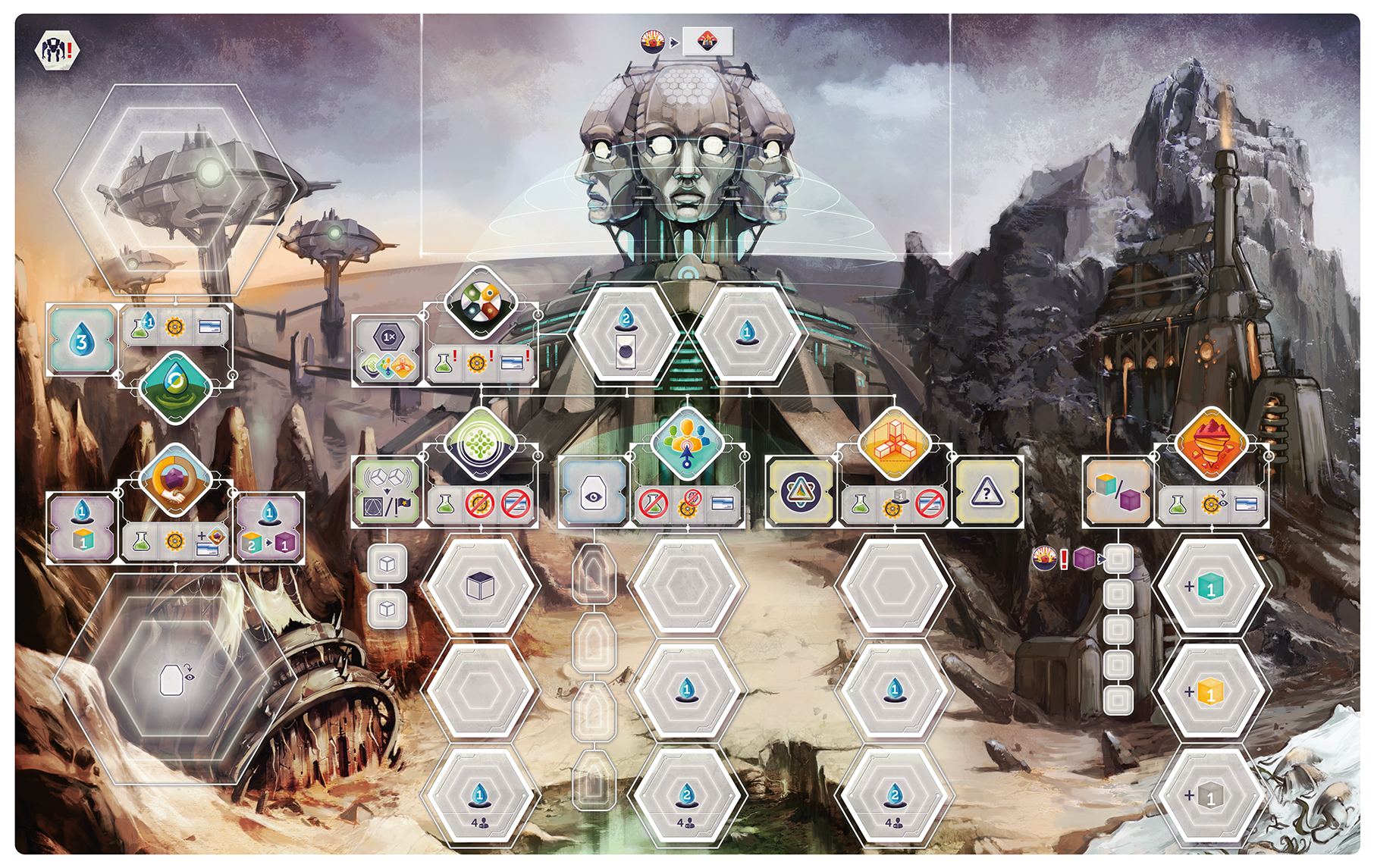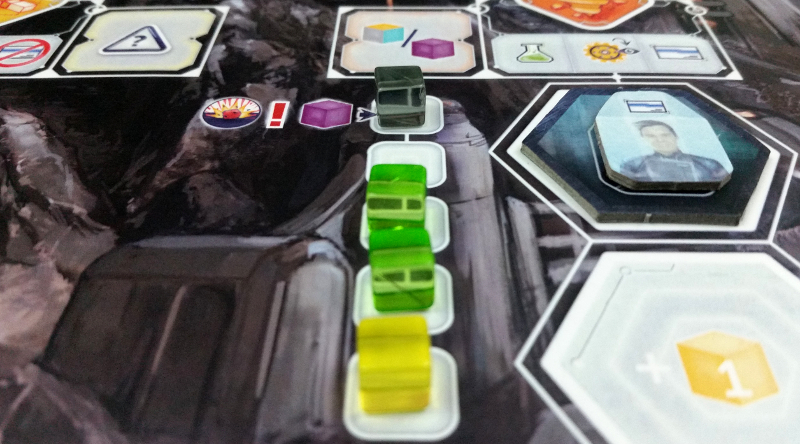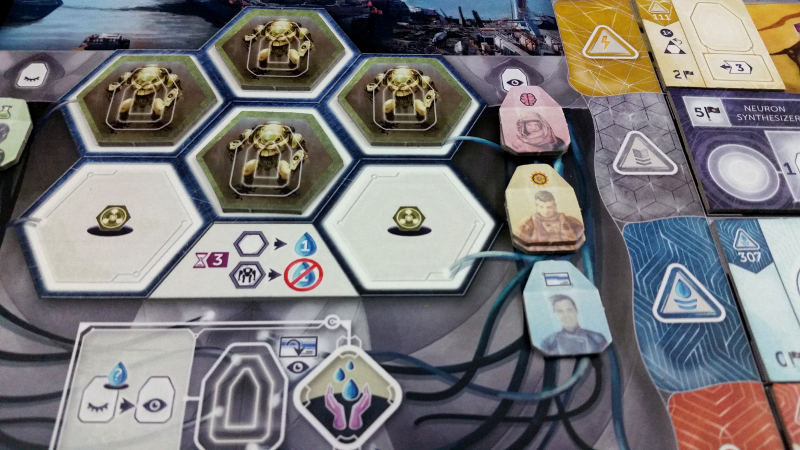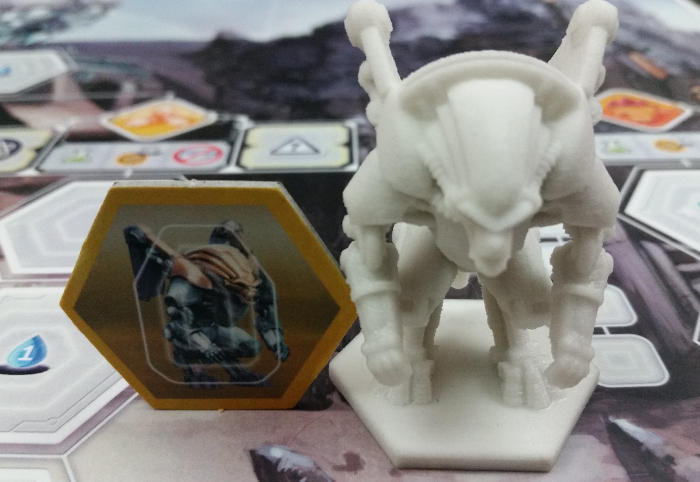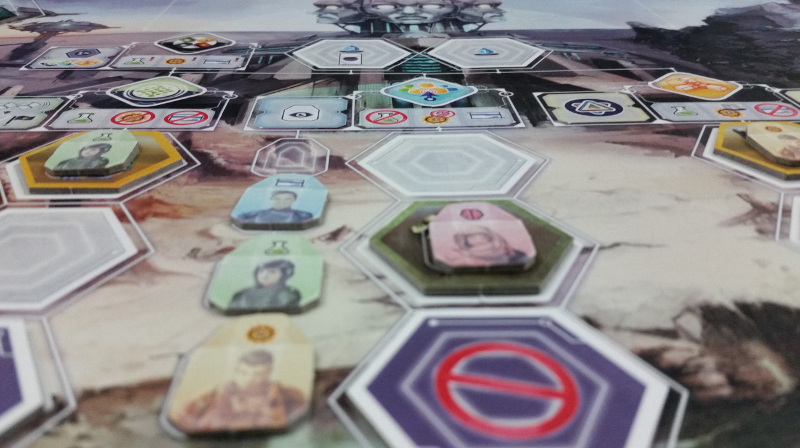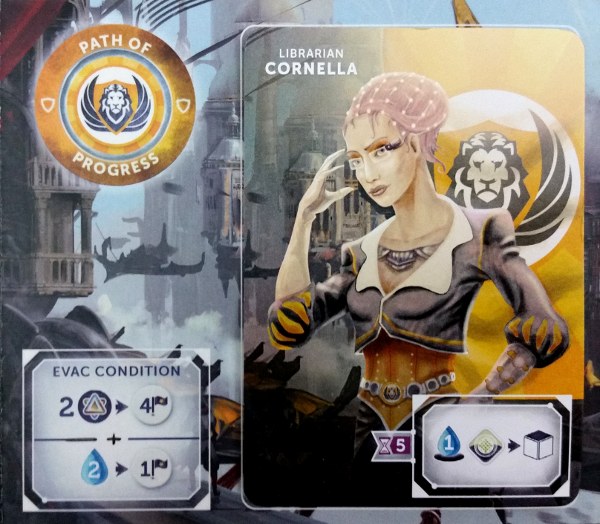Time travel. On the surface it’s a pretty simple concept: someone or something is transported forward or backwards in time and a memorable story ensues. The more you dive into the details of such a fantastical voyage, however, the more complicated it gets. It often doesn’t take long for the thread of logic to begin unraveling, and before long even mundane ideas can become unnecessarily complicated, sprouting paradoxes, causality loops, or even alternate timelines.
What would happen, for instance, if you went back and attempted to kill your own grandfather? Or what if I go two weeks into the past to hand myself the very game preview that you’re reading now? When, exactly, did I actually write it? Was it ever written?
Yeah. Time travel gets funky pretty quickly.
Time travel is part theoretical physics, part logic puzzle, and part philosophy, which sort of explains why so many people just decide to skip the details and focus on the larger story instead. It’s hard enough figuring out the Back to the Future trilogy for most people without expanding on the fact that there are four DeLoreans in 1955 at the same time.
Yet that’s precisely the scenario you’re about to…or already did…find yourself in, with Anachrony, the follow-up title by up-and-coming design studio Mindclash Games. Fresh from the success of their inaugural game Trickerion comes another medium-weight Euro for 2-4 players all about trying to save humanity both from a looming external threat as well as turmoil from within.
 Set several hundred years in the future, things are a bleak. Not Skynet-level bleak, but close. In this future, the planet isn’t doing too well, and humanity has largely splintered along ideological lines. On the plus side, the surviving population has made amazing advances in science and engineering, from life-changing breakthroughs to the creation of powerful armored suits that allow humans to survive the now-toxic environment. We’ve even cracked the ability to time travel and are able to requisite resources from the future.
Set several hundred years in the future, things are a bleak. Not Skynet-level bleak, but close. In this future, the planet isn’t doing too well, and humanity has largely splintered along ideological lines. On the plus side, the surviving population has made amazing advances in science and engineering, from life-changing breakthroughs to the creation of powerful armored suits that allow humans to survive the now-toxic environment. We’ve even cracked the ability to time travel and are able to requisite resources from the future.
In typical human fashion, though, there’s always a catch. In this timeline, each faction believes that they are uniquely qualified to lead humanity and are in a constant struggle for control of the hearts and minds of the people, with the ultimate prize being the World Capital, the largest remaining city.
At least it would have been, had word not come down that a giant meteor is heading right for it.
It’s only a matter of time before it hits, and no amount of timey-wimey shenanigans can stop it. What you can do is capitalize on it and hope that when the impact dust settles you’ll be the group in control. In typical Euro game fashion, the faction who manages to raise the most VP at the end of the game will gain that honor.
From the onset it’s apparent that Anachrony is another ambitious effort to forge new territory within the often saturated Worker Placement genre, much in the same way Trickerion did before it. Anachrony comes with a new take on old ideas, having no shortage of materials or in-game options to pour over. This is done over upwards of seven rounds, each divided into six phases.
Since the game involves elements of time travel, let’s start in the middle. Because why not.
Most of Anachrony takes place during the Action phase, where, as you’d expect from a worker placement game, you allocate workers to do a host of different actions. At the start of the game, the only real actions you can take are those on the central World Capital board. This board, in fact:
However, in one of three areas where the game accentuates its innovative worth, not all workers of Anachrony are created equal. The game contains three worker types (Scientists, Engineers, and Administrators), as well as a fourth type, Geniuses, which act as any of the other three. Some spaces throughout the game can only be used by an available worker of that kind, whereas other spaces give bonuses or discounts for using specific workers at that location. A common thread throughout Anachrony is ideal resource management, and this includes figuring out which worker types to acquire and how best to use them, adding tactical depth to even how you manage your units. Every unit is more ideal at some locations than others; an Administrator is better served recruiting than out mining in the badlands, funny as it may be.
The main board’s spaces serve a number of purposes, but the majority of them allow you to recruit new workers or acquire the game’s main resources – either water or four different minerals. Each resource comes with varying degrees of scarcity and are spent throughout the game to perform actions or construct buildings.
Anachrony does a decent job remaining competitive at any player size. With fewer players there are less Capital spaces available, ensuring that the game scales adequately. That said, the building construction spaces are almost always the most contested. By paying their costs, constructed buildings add new tiles to your player board, unlocking one-time bonuses or new action spaces that only you have access to.
Not only does this allow you to utilize more workers and rely less on the central board, the variety of buildings in the game run the gamut of advantages. This lets players diversify their tactics. It doesn’t take much in this game for you to diverge in ambition from one another, though Anachrony does so without losing competitive tension. Some tiles seem slightly stronger than others, but they all serve a purpose in some form, be it in resources, actions, or raw VP.
Anachrony’s main board also contains Research actions, providing you with Breakthrough tiles, which just like about everything else is worth VP at the end of the game. More importantly, Breakthrough tiles are used towards constructing Superprojects. Superprojects are effectively two buildings in one – both in cost and rewards. They are also harder to obtain, since only one new Superproject is revealed each round and requires pitching valuable components such as Breakthroughs and workers.
Look, great works require a sacrifice of labor. Sometimes literally. But they’re almost always worth the effort.
At the end of each round, all of your workers are recalled before the next one begins. Some of them will be ready to work again immediately, while others will need to be refreshed via coercion or an Administrative action.
Compounding all this action selection is the fact that using the central board requires preparation prior to the Action phase by way of allocating a number of exosuits. These mechanized suits allow you access to said Capital locations free of the planet’s caustic effects. Yes, before players start placing workers on the main board, everyone simultaneously decides how many suits to power up. Normally the first three suits each round are free, but each worker you want to send to the main board beyond that require spending precious Energy Cores. There are very few ways of getting more Cores in the game, so most of the time you are limited to the 7-9 you start with. Thus, choosing when to invest in the main board versus when to hold back each round is yet another angle of the game’s straightforward but layered strategy.
Note: these armored suits are normally represented by hex tiles, placed along with the worker token on the location. However, one of Anachrony’s expansion options will be instead touting miniatures with vertical slots for your worker tokens to be placed within. These upgraded components don’t have anything beyond a visual impact on the game, but they are impressive all the same.
Even with all your available actions, resource management in Anachrony is incredibly tight. The stark reality is that you often won’t have all the necessary resources to pull off your plans for the round. This is where time travel – and arguably the most intriguing part of Anachrony’s gameplay – shows up.

Day of the Tentacle was an entire game about sending items back and forth through time. It’s the same idea.
Just prior to the Action phase, players can summon specific resources via a handful of ‘Warp’ tokens. But these goodies (minerals, extra workers, etc.) aren’t simply being willed into existence. Instead, thanks to some temporal shenanigans, you’re actually pulling those resources from a future round. The Warp tokens are left in place until you complete the temporal loop later on by returning the exact same resources of the token to the past via various building actions.
Anachrony builds this ingenious bit of resource smoothing built into the game in a very thematic way, and the whole concept is well executed from both a mechanical and flavor standpoint. The idea of ‘closing the loop’ and sealing potential time rifts while also benefiting is intrinsically appealing. This is reinforced by the fact that if you don’t attempt to complete the resource cycle, you are penalized. Obviously. It’d be silly to think that ignoring tears in the space-time continuum wouldn’t have negative repercussions. If you don’t send Kyle Reese back, then John Connor can never be born. That sort of thing.
Speaking of which, you will have to contend with past actions before you start Warping in all the good stuff from Future You. See, the more unresolved Warp tokens you have at the start of each round, the more likely you’ll be collecting Paradox markers. Get too many of those and your reckless stewardship of the timeline creates Anomalies. These are effectively inverse buildings, where they take up spaces on your board and are worth negative VP. Alas, the only way to remove them is to pay their resource costs and send a worker on a one way trip into oblivion. Or an alternate dimension. Or to the Quantum Leap waiting room…
Honestly, we’re not sure where they go, but in any case, they don’t come back.
Taking us to the beginning, the third commendable aspect to Anachrony is the way the game offers slightly asynchronous gameplay without feeling tacked-on or overly forcing you into a specific play style. At the beginning of the game, each faction chooses from a pair of starting resource options and a personal VP objective. You also gain a leader with their own special ability. Combined, this provides variability to each game while also helping slightly flesh out each faction.
At some randomized point between rounds, doom befalls the World Capital, triggering the final arc of the game. From that point on, most of the central board’s spaces are upgraded to special one-time use actions, after which they are permanently exhausted. If all of those spaces are used up, or the end of the seventh round is reached, the World Capital falls completely, and the game is over. Then after some temporal housecleaning, one of the factions will walk away as leaders of humanity, the future uncertain.
Beneath the biosuits and time loops, Anachrony is a sprawling medium-weight worker placement game that provides a rewarding experience in any time period. At first glance the game appears to throw a number of seemingly disjointed mechanics at you, but they quickly converge into an admirable system that cares as much about mechanics as it does flavor. Anachrony admittedly has a lot of moving pieces and several levers that need to be pulled to succeed, as well as a moderate learning curve due to a bevy of options and a high degree of iconography. Yet once underway it proves remarkably concise for a game of this caliber – a testament to how well it blends strategic depth with a direct purpose. Or at least as direct as it can be given the circumstances.
Nevertheless, if a robust time traveling worker placement game with mechanized armor and lots of worthwhile choices sounds like your kind of timeline, then consider warping in your own copy of Anachrony from Kickstarter. We hear the campaign went up tomorrow.
[sc:Preview-Sealer ]
Photo Credits: Anachrony cover and artwork by Mindclash Games; Day of the Tentacle by Double Fine Productions.

